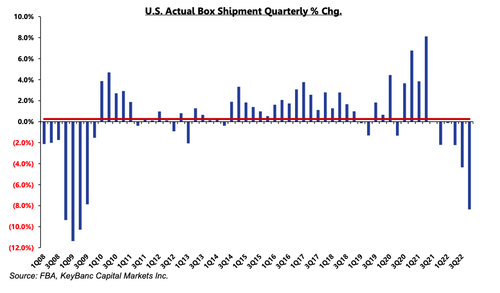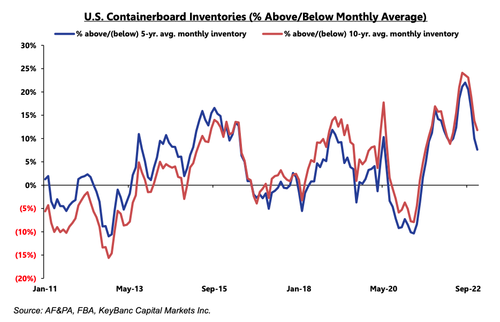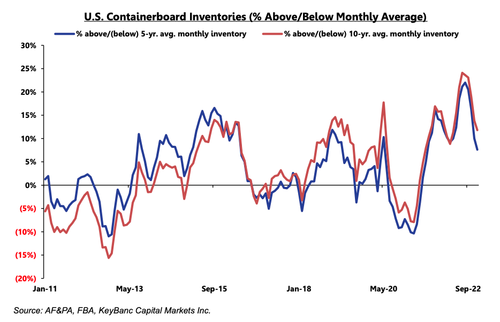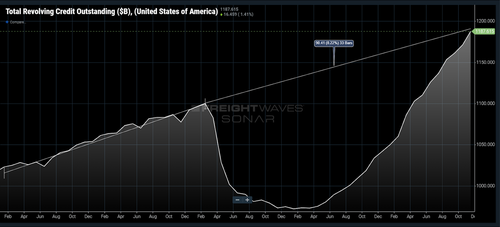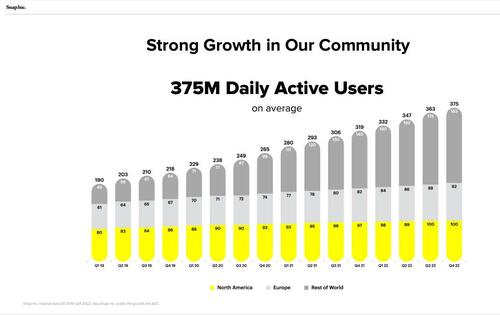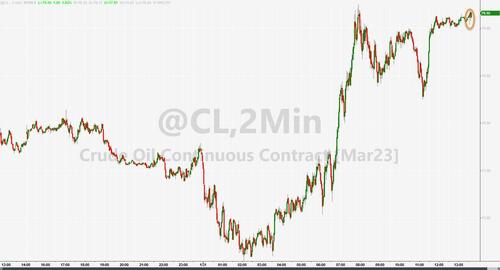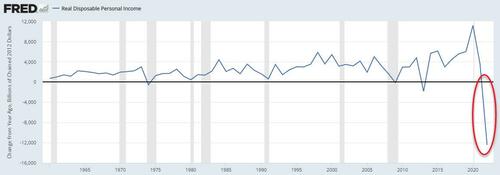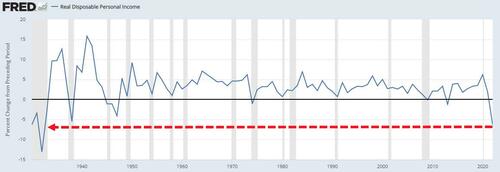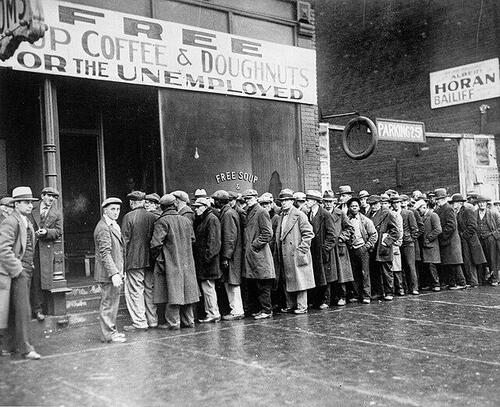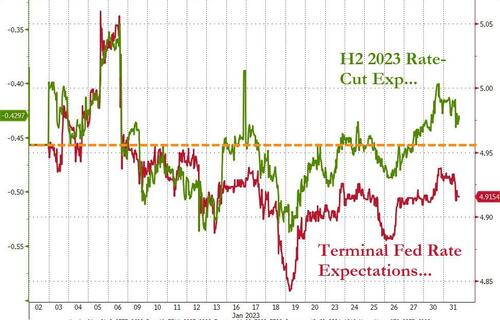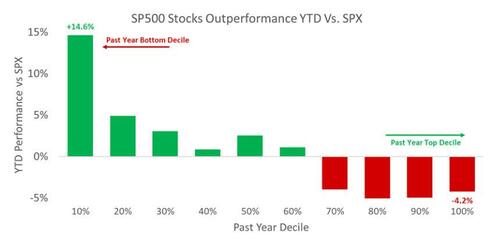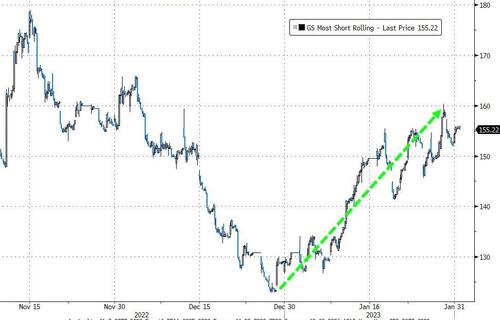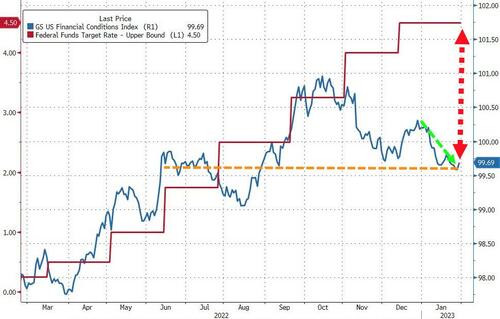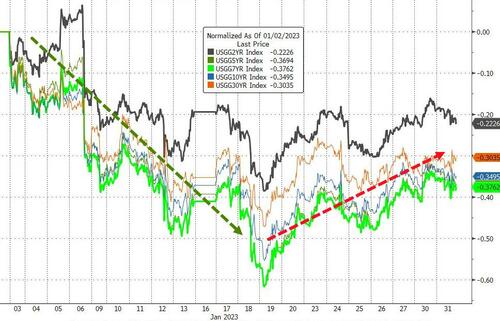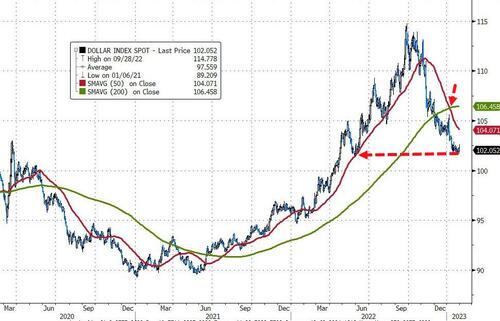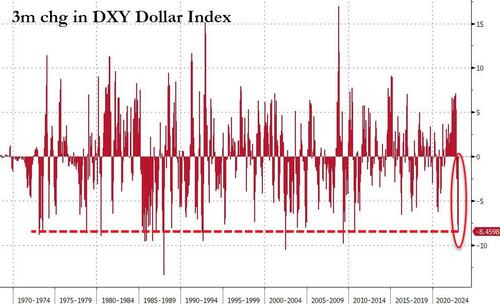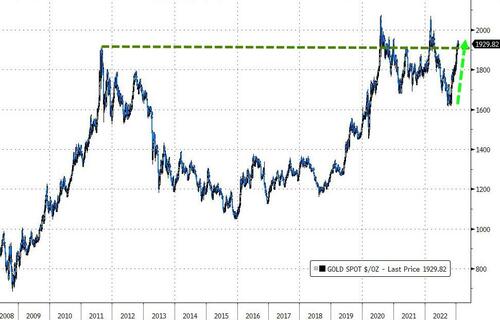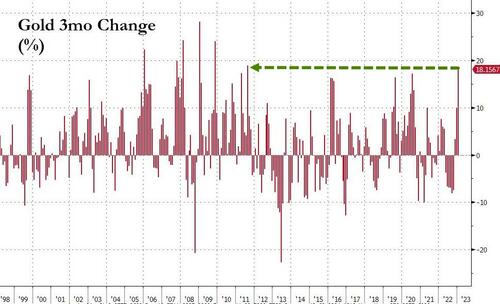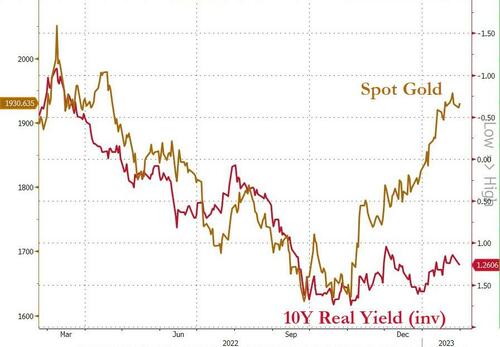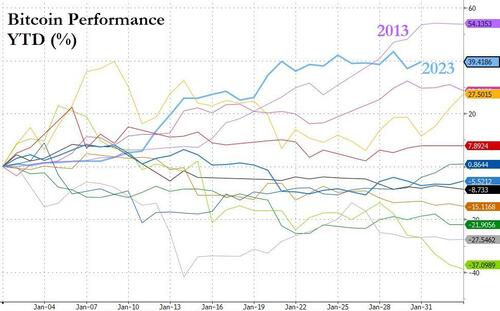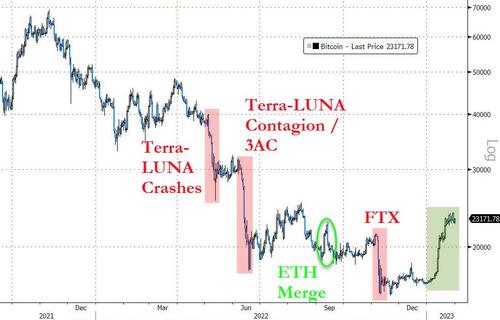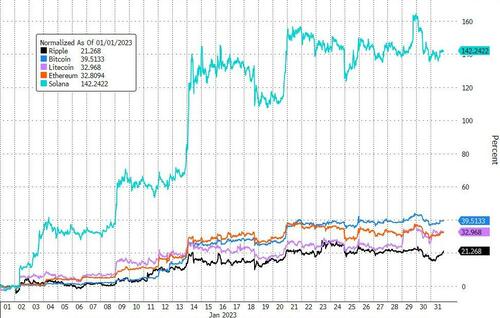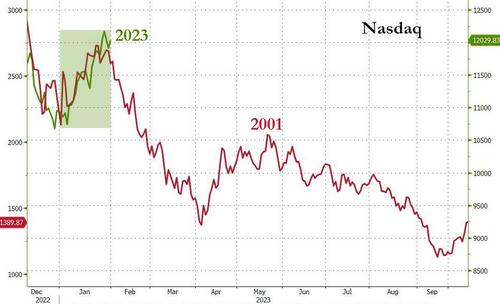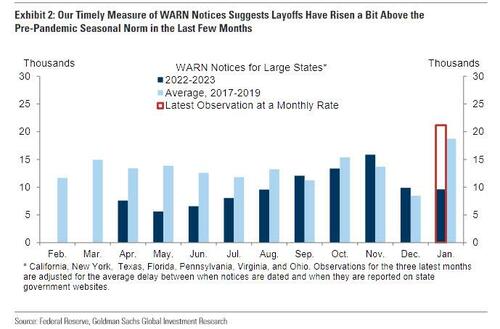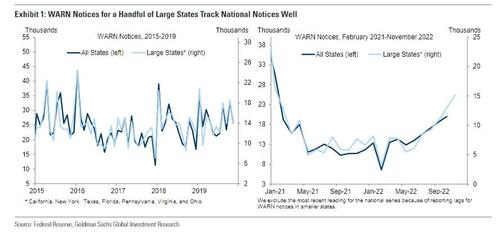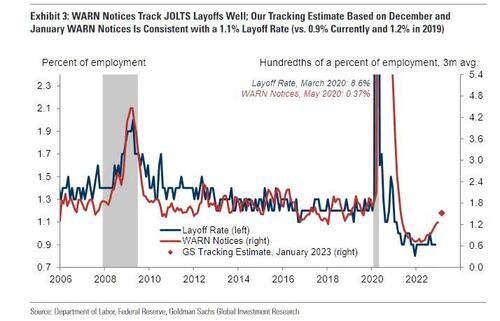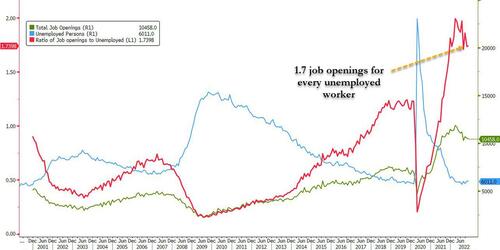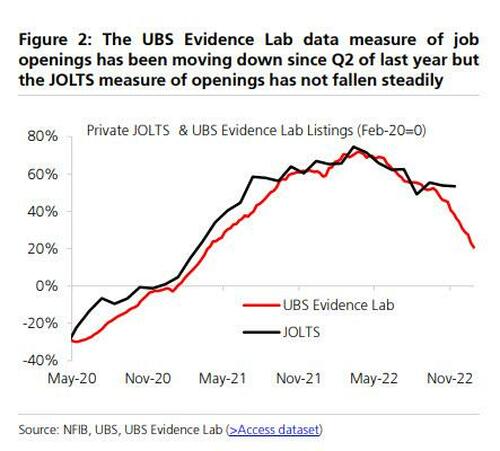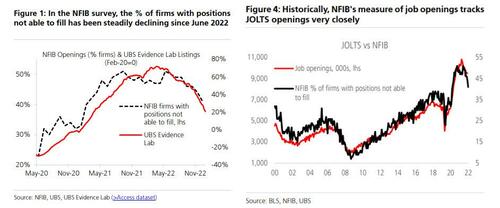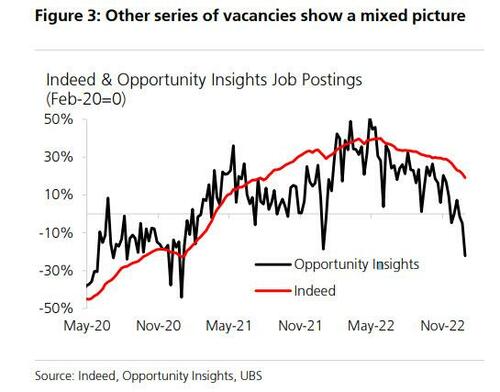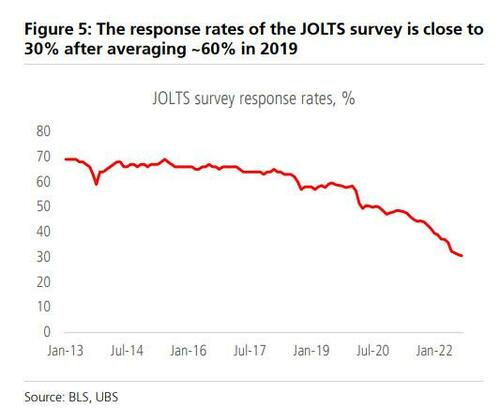From yesterday’s opinion in U.S. v. Bankman-Fried, decided by Judge Lewis Kaplan (S.D.N.Y.):
At defendant’s presentment on December 22, 2022, the government and defense jointly proposed a set of bail conditions. Those conditions required, inter alia, that defendant sign a $250 million personal recognizance bond to be co-signed by defendant’s parents. The joint proposal required also that two additional sureties, one of whom must be a non-family member, sign separate bonds in lesser amounts to be agreed upon by the government and the defendant (the “Individual Bonds”)…. The government and defense [later] agreed that the sureties would sign separate appearance bonds in the amount of $500,000 and $200,000, respectively….
Pursuant to my January 3, 2023 order, the News Organizations filed four separate applications to intervene for the purpose of seeking access to the sureties’ names….
In this case, the Individual Bonds — with or without names of non-parental sureties — did not exist when the magistrate judge approved the bail package. Indeed, neither their amounts nor the identities of the sureties yet had been agreed upon. Accordingly, it is at least arguable that the Individual Bonds, on the facts of this case, are not judicial documents [that are subject to a presumptive right of public access]. Nevertheless, no one disputes that they are judicial documents. I therefore so assume for purposes of this motion. In consequence, I assume that the presumption of accessability applies here and turn to the question of the weight to which it is entitled in this case….
“[T]he weight to be given the presumption of access must be governed by the role of the material at issue in the exercise of Article III judicial power and the resultant value of such information to those monitoring the federal courts. Generally, the information will fall somewhere on a continuum from matters that directly affect an adjudication to matters that come within a court’s purview solely to insure their irrelevance.”
The presumption of access is strong for “documents that ‘directly affect an adjudication’ and play a significant role in ‘determining litigants’ substantive rights.'” Moreover, documents that “are usually filed with the court and are generally available” enjoy a stronger presumption of public access than documents for which “filing with the court is unusual or is generally under seal.” By contrast, “documents that ‘play only a negligible role in the performance of Article III duties’ are accorded only a low presumption that ‘amounts to little more than a prediction of public access absent a countervailing reason.'”
As indicated above, neither the Individual Bonds nor the non-parental sureties’ names played any role in the magistrate judge’s approval of defendant’s release pending trial. Those bonds did not then exist and the sureties’ names were not known, at least to the magistrate judge. The fact that the identities of the non-parental sureties played no role in the bail decision “appreciably” weakens the strength of the presumption. On the other hand, the fact that bonds signed by sureties and co-sureties, which include their names, routinely are filed in this Court and made available to the public cuts in the other direction.
At bottom, the strength of the presumption in this case, as it applies to the identities of the non-parental sureties, is not strong. The benefit to the public of knowing the identities of the non-parental sureties for the purposes of “monitoring the federal courts” is extremely limited at best despite the fact that there appears to be a lot of popular interest in who they are. Nevertheless, the presumption exists albeit it is entitled only to limited weight….
The conclusion that there is a modest presumption in favor of public access to this information is not the end of the analysis. Courts must consider whether the presumption has been overcome. Relevant factors include but are not limited to (i) “the danger of impairing law enforcement or judicial efficiency” and (ii) “the privacy interests of those resisting disclosure,” including the “nature and degree of injury” resulting from disclosure.
In this case, there does not appear to be any danger of impairing law enforcement. The identities of the non-parental sureties have no bearing on the government’s investigation, as evidenced by the fact that the government has taken no position with respect to the motions.
Second, the privacy interests of the non-parental sureties are limited. On the one hand, given the widespread popular interest in this case, many people appear to wish to know the names of the non-parental sureties. If the names of the non-parental sureties are disclosed, it is reasonable to assume that those individuals will become subject to publicity that they would prefer not to attract. That is entitled to some consideration, especially in a case which has the notoriety that this one has attracted. But that alone does not do the trick.
More serious is defendant’s claim that he and his parents “have become the target of … harassment[ ] and threats … including communications expressing a desire that they suffer physical harm.” While there is no evidence to that effect before me, I have no reason to doubt the assertion. But it does not follow that the non-parental sureties “would face similar … threats and harassment ….” Defendant’s parents were subject to intense public scrutiny for their close relationship with defendant and their involvement with FTX well before co-signing his bail bond. Indeed, defendant’s father “was a paid employee of the company for nearly a year prior to FTX’s collapse, connected FTX with at least one major investor, and participated in FTX’s meetings with policy makers and officials.” In contrast, the amounts of the Individual Bonds—$500,000 and $200,000 —do not suggest that the non-parental sureties are persons of great wealth or likely to attract attention of the types and volume of that to which defendant’s parents appear to have been subjected. Thus, defendant’s claim that the non-parental sureties “would face similar intrusions” is speculative and entitled only to modest weight.
Moreover, the information sought—i.e., the names of bail sureties—traditionally is public information. The non-parental bail sureties have entered voluntarily into a highly publicized criminal proceeding by signing the Individual Bonds. Accordingly, they do not have the type of privacy interests in their names that the Court of Appeals found to warrant confidential treatment with respect to “[f]inancial records of a wholly owned business, family affairs, illnesses, embarrassing conduct with no public ramifications, and similar matters.”
Weighing the scales, with the presumption of public access on one scale and the countervailing factors on the other, there is not much weight on either side. The information at issue is entitled only to a weak presumption of access, yet the countervailing factors are not sufficiently persuasive to overcome even that presumption. In my view, the Individual Bonds should be on the public record.
The court also concluded that the First Amendment right of access doesn’t apply to these documents, though the common-law right of access does:
[A]ppearance bonds are neither “derived from” nor “a necessary corollary” of the capacity to attend a bail proceeding. As previously noted, the names of the non-parental sureties were not mentioned at that proceeding. Hence, they are not “necessary to understand the merits” of a bail proceeding and, therefore, “are [not] covered by the First Amendment’s presumptive right of access.”
The names will be unsealed by Feb. 7 at 5 pm, unless an appeal is filed.
Congratulations to Lacy H. Koonce, III (Klaris Law PLLC), Jeremy A. Chase and Alexandra Settelmayer (Davis Wright Tremaine LLP), and Dana R. Green (N.Y. Times), who represented the movants, and Matthew Russell Lee (Inner City Press), who represented himself as movant.
The post Court Orders Unsealing Names of Non-Parent Sureties Who Put Up Bail for Samuel Bankman-Fried appeared first on Reason.com.
from Latest https://ift.tt/1X5V2G9
via IFTTT


